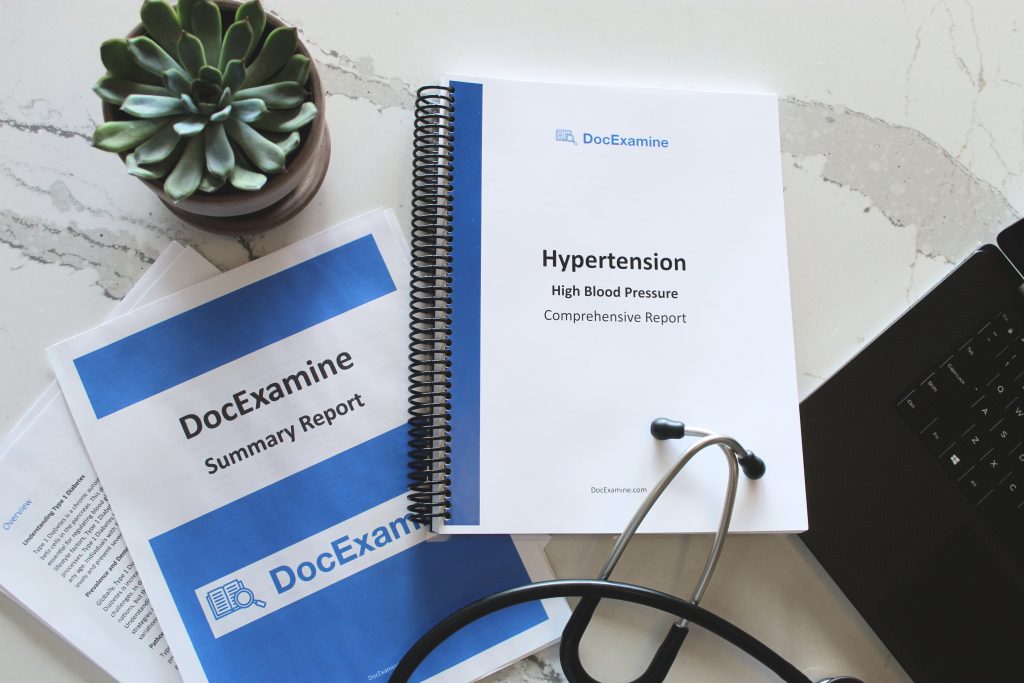
Have you ever wondered how a tiny, seemingly harmless fatty streak can set off a chain reaction that ends in a life-threatening heart attack? In this post, we take you on a step-by-step journey from the early beginnings of atherosclerosis to a full-blown myocardial infarction (MI). Get ready to discover the shocking transformation hidden within your arteries and learn how to spot the warning signs before it’s too late.
Step 1: The Birth of a Fatty Streak
It all starts in childhood with the formation of fatty streaks. These early lesions develop when low-density lipoprotein (LDL) cholesterol accumulates beneath the inner lining of your arteries. Over time, the LDL particles become oxidized, attracting immune cells called monocytes. These cells morph into macrophages that gobble up the oxidized cholesterol and turn into foam cells. The result? A fatty streak—a subtle but critical first sign of atherosclerosis.
Step 2: The Growth of Plaque Formation
As fatty streaks persist, they evolve into more complex structures through a process known as plaque formation. In this stage, the continuous buildup of lipids, cholesterol, and cellular debris triggers a chronic inflammatory response. Smooth muscle cells from the arterial wall migrate to the site, secreting collagen and other proteins that form a fibrous cap over the plaque. Although this process temporarily stabilizes the lesion, it also narrows the artery, reducing blood flow to the heart.
Step 3: The Ticking Time Bomb – Plaque Rupture
The real danger emerges when the fibrous cap becomes unstable. Factors like ongoing inflammation and mechanical stress can weaken the cap, leading to a plaque rupture. When the cap breaks open, the highly thrombogenic (clot-promoting) materials inside the plaque are exposed to the bloodstream. This exposure sets off a rapid chain reaction: platelets clump together at the site of rupture, and blood clotting factors spring into action, forming a thrombus (blood clot) that can suddenly block the artery.
Step 4: The Chain Reaction to Myocardial Infarction
With the artery now blocked, the heart muscle (myocardium) is deprived of oxygen and essential nutrients—a condition known as ischemia. If the blockage isn’t quickly resolved, the affected area of the heart muscle begins to die, resulting in a myocardial infarction (MI), commonly known as a heart attack. This event is a true medical emergency, where every second counts. The sudden loss of blood flow can have devastating consequences, leading to permanent heart damage or even sudden cardiac death.
Why Early Detection Matters
Understanding this dramatic progression—from fatty streaks to fatal events—is crucial for early intervention. Many people have no idea that their arteries are silently under attack until symptoms like chest pain, shortness of breath, or unexplained fatigue appear. Regular preventive screenings, including blood tests for cholesterol, inflammation markers like high-sensitivity C-reactive protein (hs-CRP), and even assessments of Lipoprotein(a) and homocysteine levels, can reveal hidden risks long before they culminate in a heart attack.

Take Action to Protect Your Heart
- Regular Check-Ups: Ask your doctor about screening for these hidden risk factors. Early detection is the key to preventing the deadly cascade.
- Heart-Healthy Lifestyle: Embrace a balanced diet, get regular exercise, quit smoking, and manage stress to reduce your risk.
- Be Informed: Knowledge is power—understanding the process of plaque formation and rupture can motivate you to take charge of your cardiovascular health.
Conclusion
From the humble beginnings of fatty streaks to the catastrophic collapse of plaque rupture, the progression of coronary artery disease is both fascinating and frightening. By recognizing the warning signs and understanding the underlying mechanisms, you can work with your healthcare provider to catch these issues early and take proactive steps to safeguard your heart. Don’t wait until it’s too late—your heart’s health is in your hands!
Read More
- Coronary Artery Disease: The Silent Epidemic Affecting Millions

- The Shocking Truth About Hidden Risk Factors: How to Spot CAD Before It Strikes

- Fatty Streaks to Fatal Events: How Plaque Formation Escalates into Heart Attacks

Sources
- Mayo Clinic. Coronary Artery Disease: Symptoms and Causes
- American Heart Association. Coronary Artery Disease
- Centers for Disease Control and Prevention. Heart Disease Facts
- World Health Organization. Cardiovascular Diseases Fact Sheet
Stay vigilant, get screened, and make heart-smart choices—because understanding the journey from fatty streaks to myocardial infarction could save your life!


